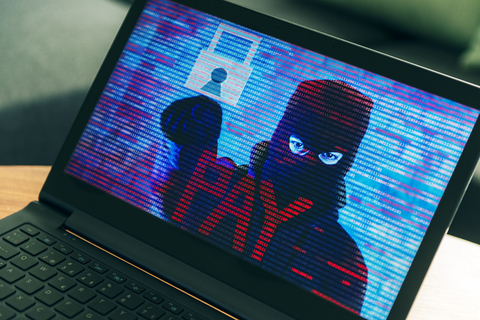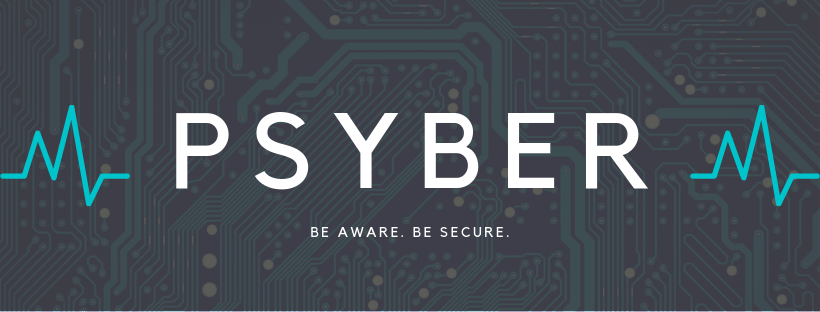What is cybersecurity?
Cybersecurity is the act of protecting networks, systems and programs from digital harm. Cyber attacks usually occur because attackers are trying to change or access important information.
An attack can lead to identity theft and loss to a lot of important data.
Cybersecurity helps secure all of your information, and it helps make the internet safe from cyber attackers.
Cybersecurity Threats
There are many different types of cybersecurity threats. The top 3 cybersecurity threats are listed below.
Phishing
Phishing is the act of targeting someone through email, telephone or text message by pretending to be from a business or institution to lure the target into giving them personal information. Phishing emails are meant to attract you so that you will click on the malicious link. Next time you see a suspicious or attention-grabbing statement, DO NOT CLICK ON IT! It is always better to be safe than sorry, and chances are that if it looks unbelievable than it most probably is. They might also show up as hyperlinks and attachments. Before clicking, make sure to read the hyperlink so that you know whether it is real or not. Attackers usually frame a popular website and misspell one letter to confuse the target. Also make sure to never click on attachments that are sent from senders that you don't know or that seem suspicious. These kinds of attachments usually contain viruses.
Ransomware
Ransomware is the act of malicious software taking over your computer and threating you. Attackers send attachments to the target hoping that they will click on the attachment and download it. Once the download is opened, the attacker will take over the target's computer and encrypt over the target's files. At the end of this entire process the files that the attacker has cannot be accessed. The attacker then holds a ransom for the target to get their files back. How to avoid ransomware:- Backup your files
- Never give your personal information when answering an email, phone call or text message. Attackers usually pose to be from a famous business or insitute in IT so before giving out your personal information contact your IT department if you get suspicious emails or phone calls.
- Make sure to have a antivirus software and keep a strong firewall. Employ content scanning and filtering on your mail servers. Suspicious emails that contain attachments then can be blocked so that it no longer contains a threat.
- If you are traveling, make sure to tell your IT Department so that you can use a trustworthy VPN. (Virtual Private Network) when you are using WiFi.

Man-in-the-Middle Attack
These types of attacks of occur when the man in middle sends the target an email posing to be from a business or institute that you use. They will ask you to put in your credentials so that you can "log into" the account. Once you sign in, you are handing over all of your personal information to the attacker. The man in the middle creates a website that looks like one that you use so that you would trust the website and log in. There are 7 types of man-in-the-middle attacks. They are:- IP Spoofing
- DNS Spoofing
- HTTPS Spoofing
- SSL Hijacking
- Email Hijacking
- Wi-Fi eavesdropping
- Stealing browser cookies

